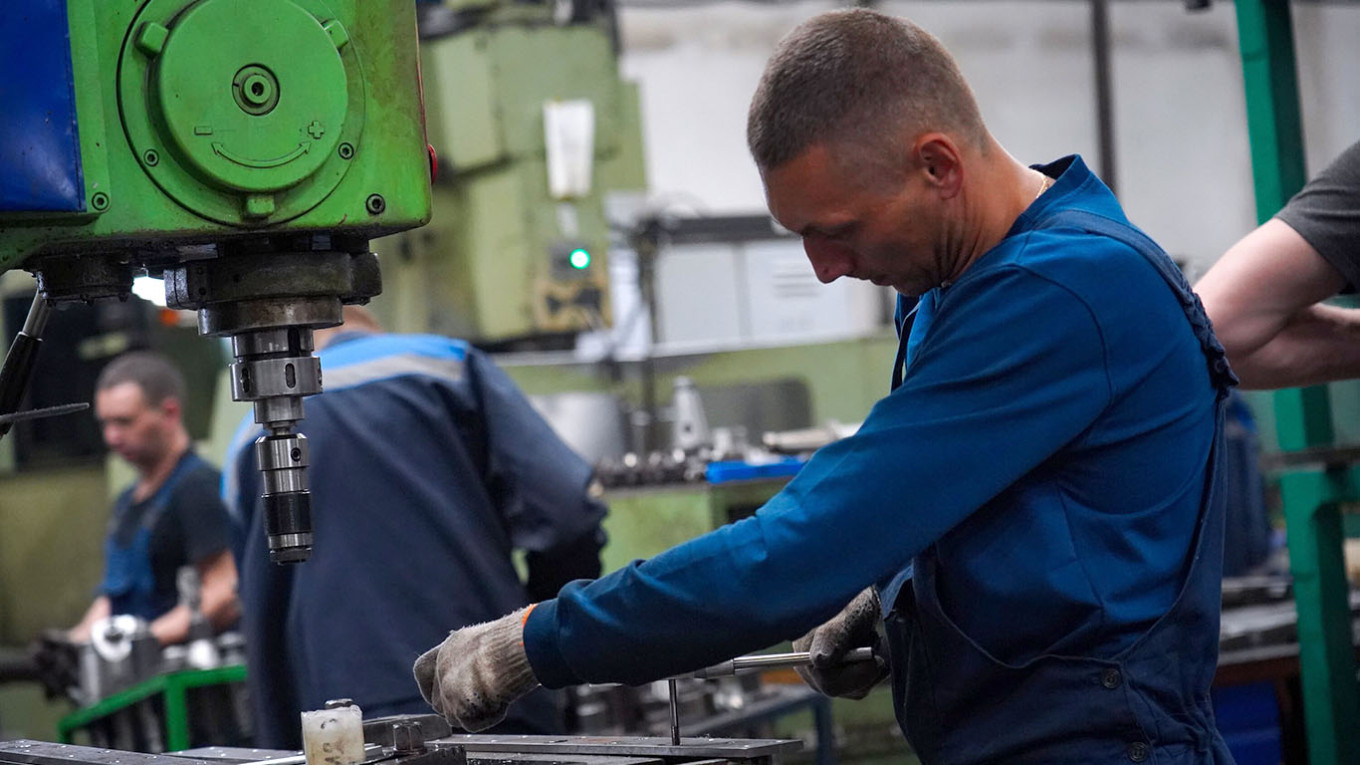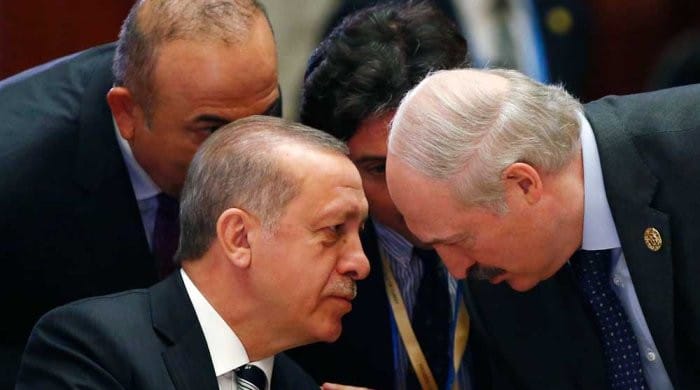Several of Russia’s largest industrial enterprises have shifted to three- or four-day workweeks, citing efficiency and market adaptation. However, analysts see the change as a response to deep economic distress rather than a labour reform. The trend signals a possible contraction in manufacturing capacity and employment across the economy.
Agricultural machinery sector faces sharp demand drop
Producers such as Rostselmash have moved to a three-day week after reporting steep declines in orders. Rostselmash announced in August that production this year would fall to 2,700 combines and 800 tractors, far below historical output. Sales of domestic agricultural machinery declined by 30% in value in the first seven months of 2025, with combine harvester sales halving. Government support schemes have so far failed to offset the drop.
The Kirov Tractor Plant also reported a 20–25% production fall, prompting extended worker leave and reduced hours. Many farmers cite low profitability and inability to renew machinery as drivers of reduced demand.
Automotive sector reduces hours amid collapsing demand
Russia’s largest truck producer, KamAZ, shortened workweeks in August following a near 60% year-on-year fall in heavy truck orders. High inventories of imported and leased trucks intensified the crisis.
AvtoVAZ, the country’s iconic carmaker, adopted a four-day week in October despite state protections. Lada car sales dropped almost 25% year-on-year in the first nine months of 2025. Competition from Chinese brands and tightening credit conditions are worsening the trend. AvtoVAZ has announced the shorter schedule will last at least six months.
Other industries follow suit to avoid layoffs
Shortened workweeks are spreading beyond automotive and machinery. Metallurgical plants, cement factories, and rail companies are reducing hours as a cost-control measure, including:
- Chelyabinsk Electrometallurgical Plant, cutting hours for 1,200 employees
- Yaroslavl Motor Plant and Diesel Equipment Plant, adjusting schedules for several thousand workers
- Tikhvin Wagon Works, with 7,000 employees on reduced hours through November
While officials frame the moves as “market adjustments” or “job protection,” they often mean wage reductions, cancelled bonuses, and fewer benefits — effectively hidden layoffs without formal redundancies.
Official narrative contrasts with economic reality
Russian authorities present shorter workweeks as part of modern labour reforms, similar to Western experiments aimed at improving productivity. Politicians cite worker wellbeing and efficiency. Yet for many enterprises, the change is survival-driven — a strategy to avoid closures while cutting costs. This masks deeper unemployment and risks creating a misleading sense of labour stability.
Broader implications for Russia and Europe
Observers see the shift as a signal of systemic challenges: a prolonged structural decline in heavy industry rather than a temporary downturn. The spread of reduced schedules suggests sustained economic stress, with the militarisation of the economy and resource reallocation further undermining industrial capacity. Official statistics may understate the extent of job losses and economic contraction.
For Europe, the trend carries important messages. For the public, it reflects economic hardship and hidden unemployment rather than voluntary labour innovation. For policymakers, it is a warning about potential ripple effects on global supply chains and geopolitical stability. For economists, it illustrates how sanctions and industrial policy are reshaping Russian labour markets.
Russia’s shorter workweeks as a sign of deeper crisis
The move toward three- and four-day weeks is less about progressive labour reform and more a coping mechanism for a deep industrial downturn. It points to an economy under sustained pressure and risks of long-term deindustrialisation, underscoring the fragility of Russia’s industrial base.













